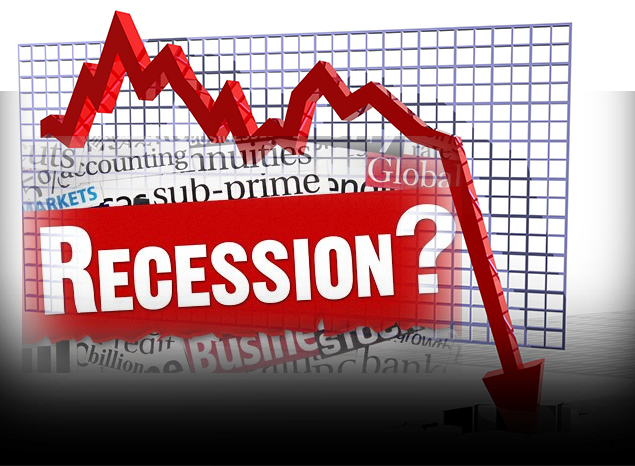Growth Spurt or Death Rattle?

The stock market is looking for a reason not to curl up in a fetal ball and finally let this oversold bull market come to a crushing end. A surprising 4% growth rate in the second quarter offered a temporary respite, but a last minute flurry by buyers usually precedes a cataclysmic tumble. Some call it a death rattle, but it’s a very common occurrence. A recession and inverted yield curve typically accompany the death rattle, which is why economists are very concerned about the fact that home sales have declined in four of the past five months, and while home prices have increased, wages haven’t come close to keeping pace. An even greater concern is the additional debt being taken on by those who ‘can’ afford to buy.
Back in 2008, there were two clear indications of what was to come, but investors chose to ignore them. The first indication was the inverted yield curve, which precipitated lower long-term rates and a flood of ‘less-qualified’ buyers. And the fact that Fed Chairman Jerome Powell just stated that he is ‘not concerned’ about an inverted yield curve is more than a little disconcerting. The second indication was the increasing use of derivatives by banks, which today are posting exponentially greater levels than those seen in 2008. Those who choose to ignore red flags this time around are probably, at the very least, destined to repeat the financial beating experienced in 2008.
The Federal Reserve wrapped up their July meeting yesterday and appears to be ready to stay the course, by implementing two more interest rate increases, before the end of the year. As I’ve stated in the past, this action is simply too little and too late. The damage has already been done, so ignorance and obstinance are not appropriate responses to rectify the situation. A mushrooming national debt is not going to be good for the dollar, the consumer, or the investment community. Unemployment will end its decline, the consumer credit spree will slow, and home sales will see a serious tightening of ‘affordability.’
These are all things that should have been happening slowly over time, but government manipulation and the market frenzy combined to create an unsubstantiated euphoria. The ether’s all gone. The opportunity for gentle market slowdown has come and gone. Depending on the economic analyst you ask, the downturn could absorb anywhere from 30% to 70%+ of current market prices. Precious metals at their current market prices present an outstanding opportunity to capture and capitalize high market prices and convert into physical precious metals that are 30% to 65% below previous highs. It’s no longer a question of if, only when. Call the professionals at American Bullion, (800) 653-4653 for assistance.



